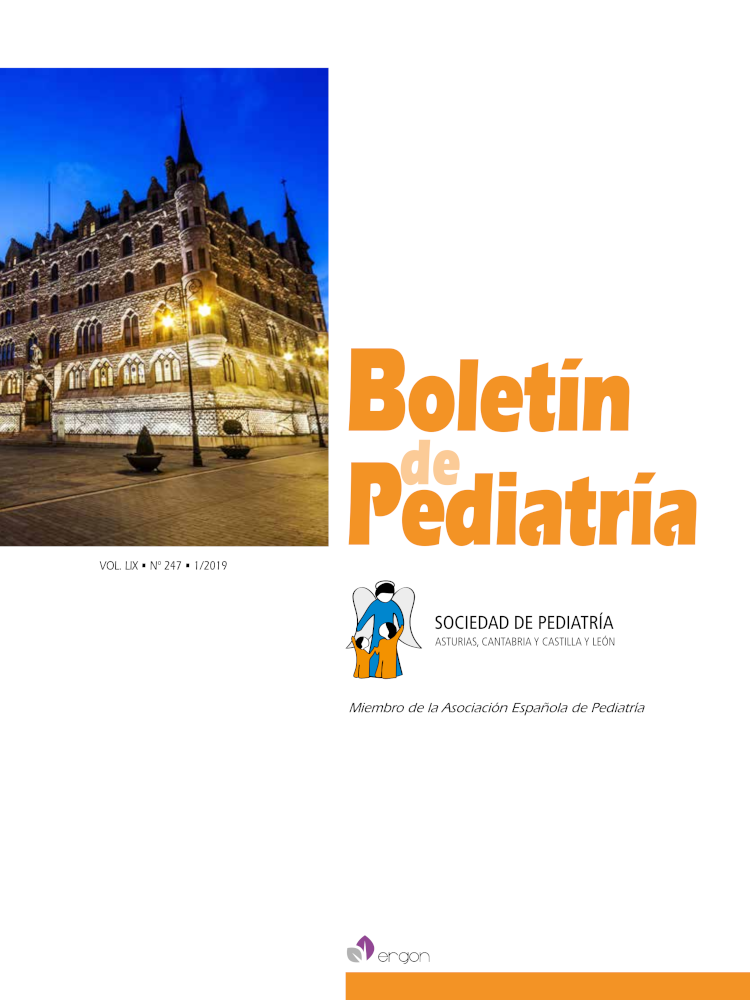Abstract
Lower urinary tract symptoms (lUtS) are a common pediatric problem, with an increasingly incidence. Classification and standardization of the terminology has been provided by the international Children’s Continence Society and updated in 2016. Overactive bladder should be suspected in a child with urgency and, usually, increased voiding frequency with or without urinary incontinence. Bladder and bowel dysfunction (BBd) is a frequent but underdiagnosed entity. Children with underactive bladder void with an increased abdominal pressure to start, maintain, or complete voiding. other possible conditions such as voiding postponement, dysfunctional voiding, stress incontinence, vaginal reflux or giggle incontinence need to be excluded. Clinical history, physical examination and bladder and bowel diaries are essential. In some cases, an uroflowmetry with electromyography and residual urine measured by ultrasound are needed. invasive urodynamic studies should be reserved for selected cases, such overactive bladders resistant to treatment. Controversy exists within the routine use of urodynamics and ongoing surveillance after initial diagnosis of neuropathic bladder. Urodynamics should be indicated, at least, in the event of clinical deterioration or change in ultrasound features. oxybutynin is, nowadays, the only anticholinergic approved in pediatric population. Clean intermittent catheterization and transcutaneous electrical nerve stimulation (teNS) are the latest treatment included for these patients

This work is licensed under a Creative Commons Attribution-NonCommercial 4.0 International License.
Copyright (c) 2019 Boletín de Pediatría
